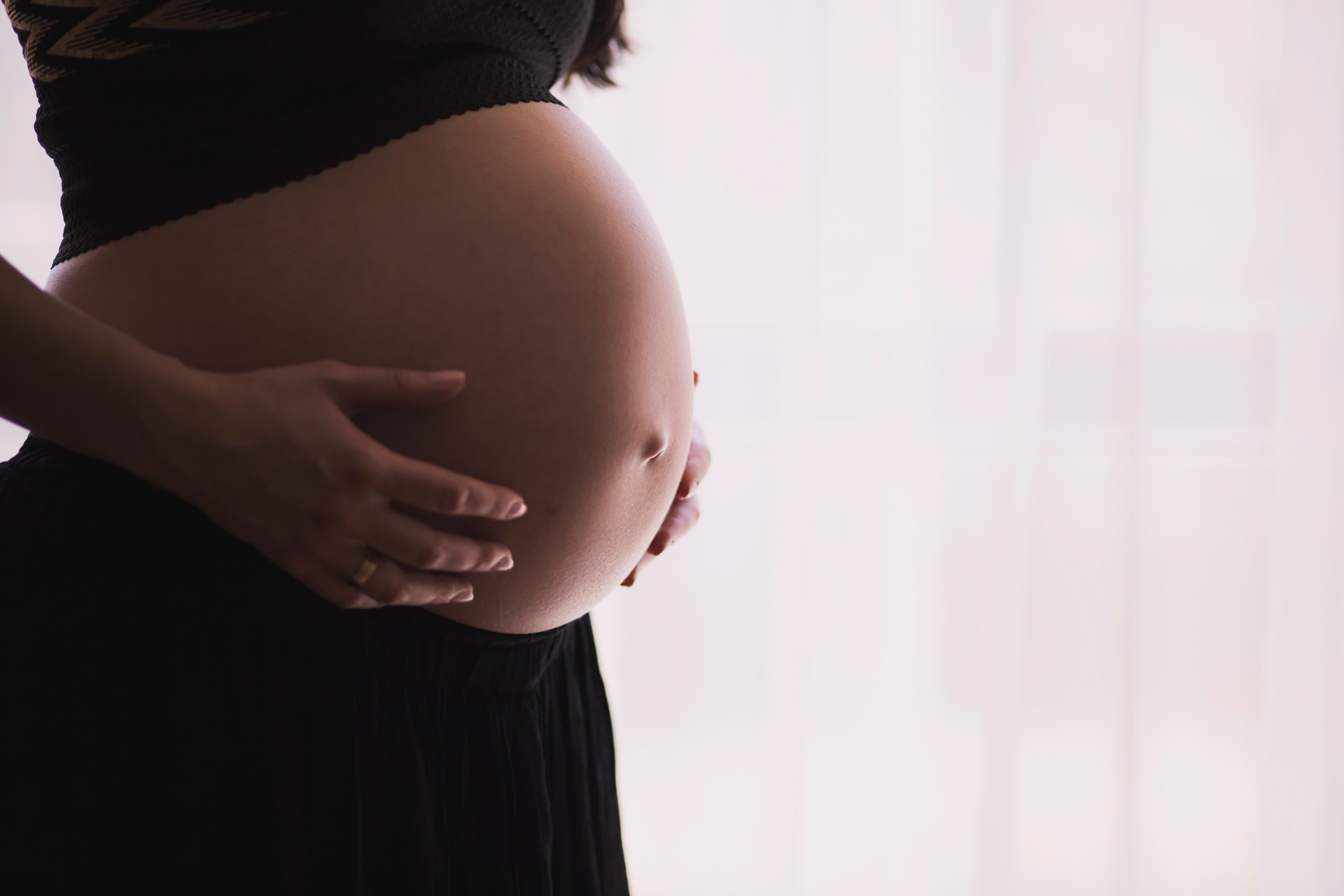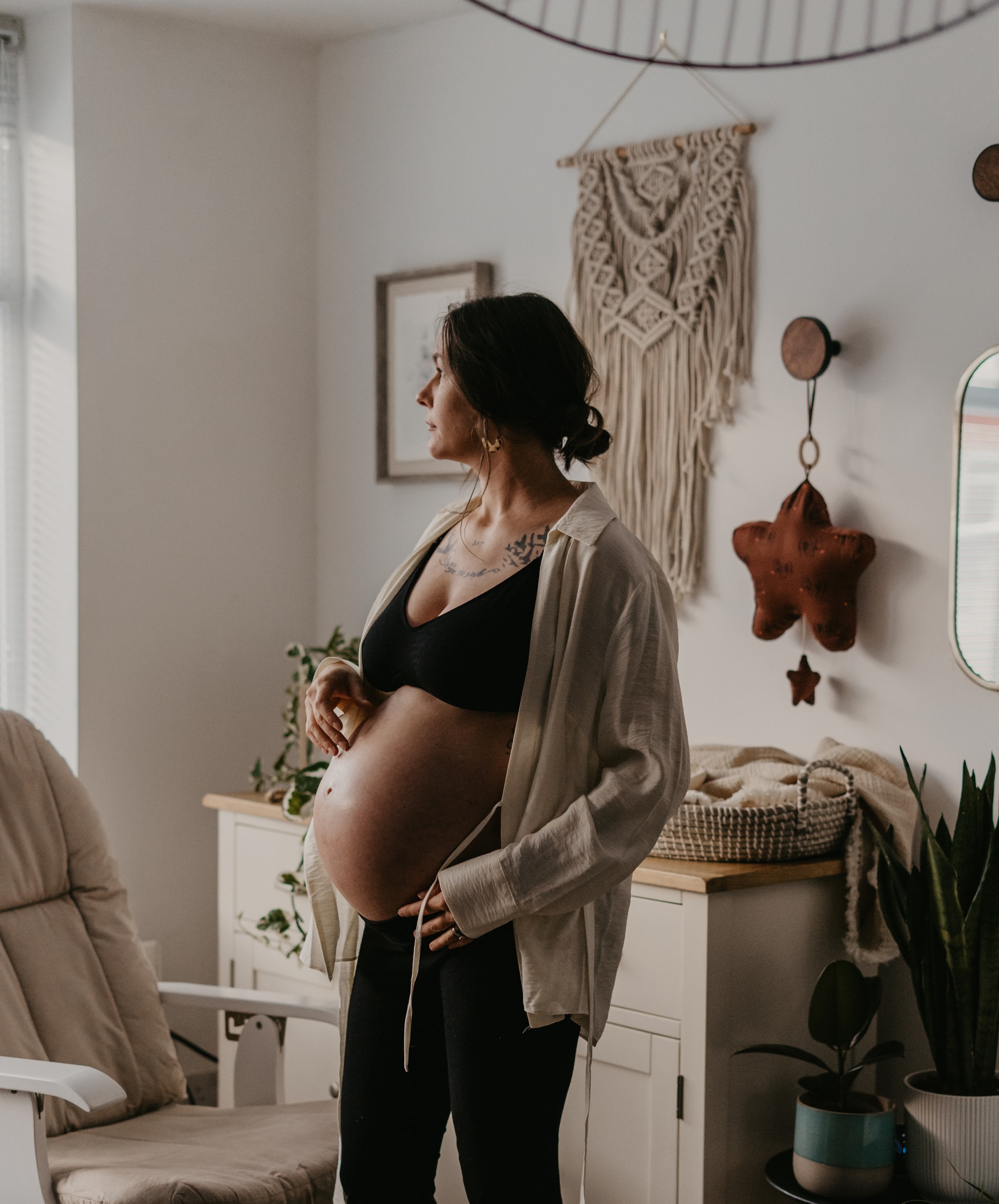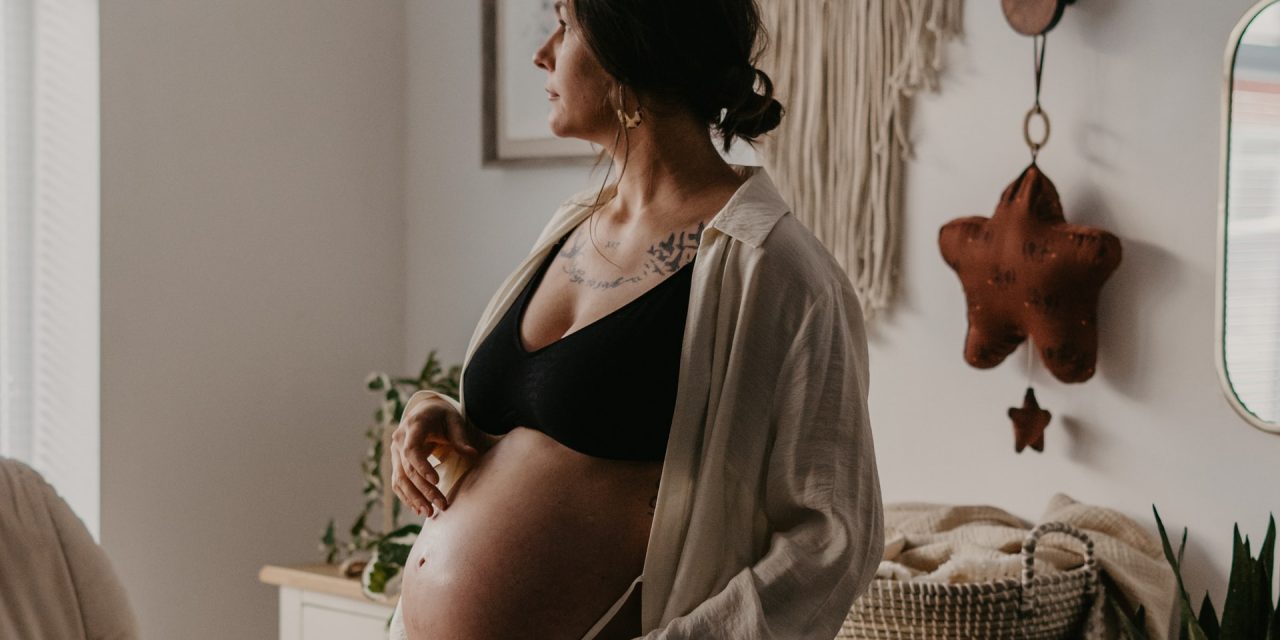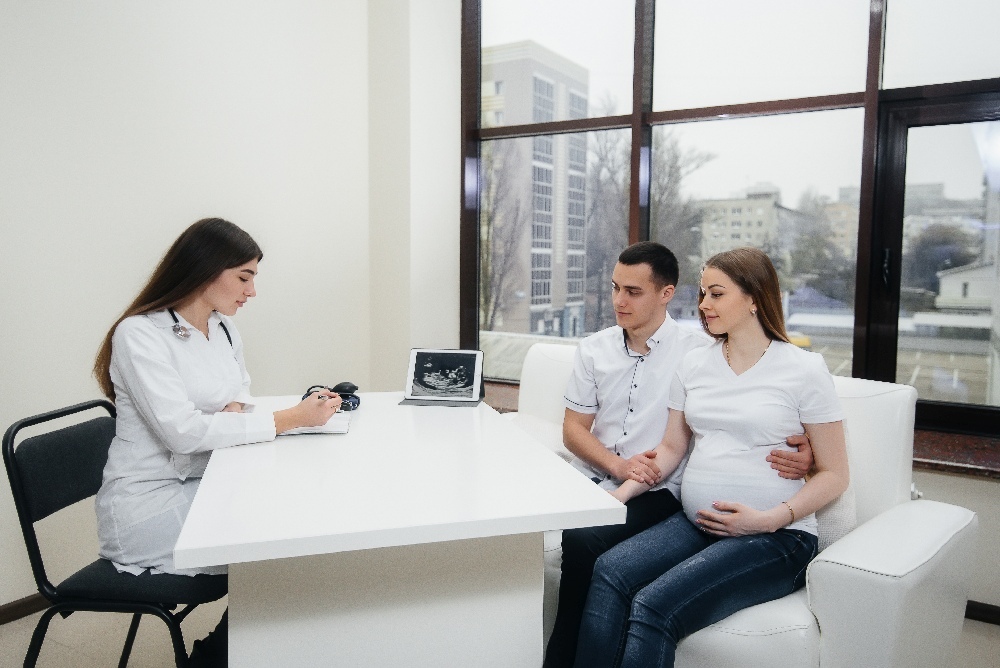It’s natural for women to feel contractions or cramps during pregnancy. Contractions are a result of the flexing and tightening of your uterine muscles. These contractions can make your body uncomfortable as they help you in labor so that your baby is pushed down the birth canal to come into this world. However, most women feel anxious when they feel contractions thinking they are about to give birth, but that’s not always the case. Here’s a guide about the types of contractions – before, during and after birth.

Women can experience different types of contractions at different times during their pregnancy.
Braxton-Hicks Contractions
These are among the most common types of contractions. Braxton-Hicks contractions are also called false contractions that women experience during the sixth week of their pregnancy. These contractions are not very painful during the sixth week of pregnancy but can get painful during the second or third trimester. An important thing to note is that these contractions don’t cause you any dilation or effacement that usually happens during labor.
What Do Braxton-Hicks Contractions Feel Like?
- Usually Painless
- Irregular
- Concentrated in the abdominal area
- Can make your belly area feel tight
What Are The Causes Of Braxton-Hicks Contractions?
- Physical exercise
- Sexual intercourse
- Dehydration
Preterm Labor Contractions
Preterm labor contractions are experienced by women before 37 weeks of pregnancy. These are regular contractions that women experience due to the opening of the cervix. Preterm contractions can make you feel a tightening in your belly at regular intervals. You could also feel something weighty in your pelvis. These contractions can be a sign that you’re in preterm labor. Make sure you consult your doctor immediately if you experience any bleeding or vaginal discharge, along with diarrhea.
What Do Preterm Labor Contractions Feel Like?
- Back pain
- Cramps
- Pressure in the abdominal and pelvis area
- Watery discharge
What Are The Causes Of Preterm Labor Contractions?
- Infections
- History of preterm labor before
- Cervix shorter than normal
- Stress
- Consumption of drugs or smoking
Early Labor Contractions
Early labor contractions are like menstrual cramps and can be somewhat moderate. In this case, you can get contractions at regular intervals of time, usually around 7-10 minutes and sometimes even 20 minutes apart. During these contractions, your cervix can dilate up to four centimeters.
What Do Early Labor Contractions Feel Like?
- Contractions that occur every 7-10 minutes or even 20 minutes apart
- Contractions can last for 40-45 seconds
- Back pain
- Cramps
- Tightness and pressure in the pelvic area
What Are The Causes Of Early Labor Contractions?
- Infections
- Stretching of the uterus
Active Labor Contractions
Active labor contractions are different from those you experience in the early stages of your pregnancy. These contractions can be painful and last almost 30 seconds to a minute. Your uterus also expands 4-10 centimeters during this time.
What Do Active Labor Contractions Feel Like?
- Painful and intense
- Cramps
- Backache
- Pain in the abdominal area
What Are The Causes Of Active Labor Contractions?
- Baby ascends down the birth canal
- An urge to push the baby
Transition Contractions
Transition contractions can be one of the most painful and hardest parts of labor. Your contractions can last for almost 60-80 seconds and occur 2-3 minutes apart. During transition contractions, your cervix expands to almost 8-10 centimeters.
What Do Transition Contractions Feel Like?
- Hot flashes
- Vomiting
- Nausea
- Shaking
What Are The Causes Of Transition Contractions?
- Pressure in the vaginal area and rectum
- Your body is preparing to push
Contractions After Birth
It shouldn’t come to you as a surprise that contractions happen after giving birth as well. When your body tries to expel the placenta out of your body, you can experience contractions. Let’s not forget that your uterus also needs to get back to its original size and that too can cause contractions. You can experience post-birth contractions for 2-3 days after giving birth to your baby.
How To Keep Yourself Comfortable During Contractions?
Your contractions can get really painful and intense especially when you enter the active and transition phase of pregnancy. Here are some ways that can help you keep yourself comfortable during contractions:
- Take a walk
- Have a bath
- Keep yourself hydrated
- Have a balanced diet
- Practice yoga and other relaxation techniques like meditation
When To Call Your Doctor?
You should make sure to reach out to your doctor immediately in the following situations:
- When your water breaks
- Green or brown-tinged vaginal discharge
- Extremely painful contractions

It’s important to stay calm when experiencing different types of contractions and reach out to your doctor if needed.
Conclusion
Labor contractions are natural during pregnancy as your baby moves towards the birth canal. You can ask your midwife or partner to give you gentle lower-back and foot massages to help relieve the pain. As you’re preparing for your delivery, don’t forget the importance of newborn vaccination. To help you with that, our ImmunifyMe app lets you store digitized vaccination records so that you can find them whenever needed. You can also get timely reminders for your baby’s upcoming vaccinations and appointments.
FAQs On Types Of Contractions
What Are The Different Types Of Contractions During Pregnancy?
The following are the different types of contractions during pregnancy:
- Braxton-Hicks Contractions
- Preterm Labor Contractions
- Early Labor Contractions
- Active Labor Contractions
- Transition Contractions
What Are The Three Phases Of Labor?
The three phases of labor are:
- Early labor
- Active labor
- Transition phase
What Do Beginning Contractions Feel Like?
Labor contractions can cause pain in your back and abdominal area. As you enter into different phases of pregnancy, the intensity of these contractions gradually increases. You will notice that your belly becomes tight and hard during labor contractions.
How Do You Know If You’re Having Real Contractions?
You will understand that you’re having real contractions when your abdomen feels hard. Also, your contractions can tend to be evenly spaced and the time between them can reduce as you get into labor.






